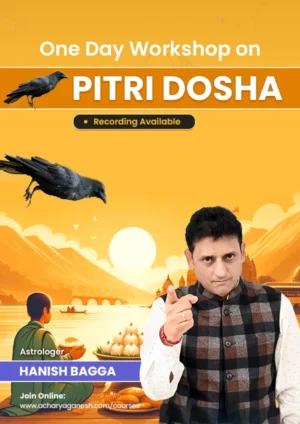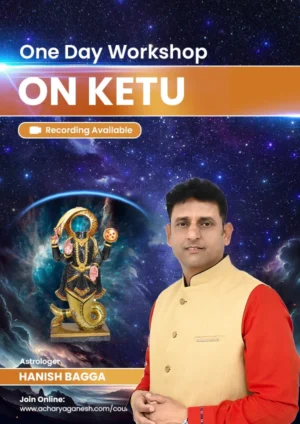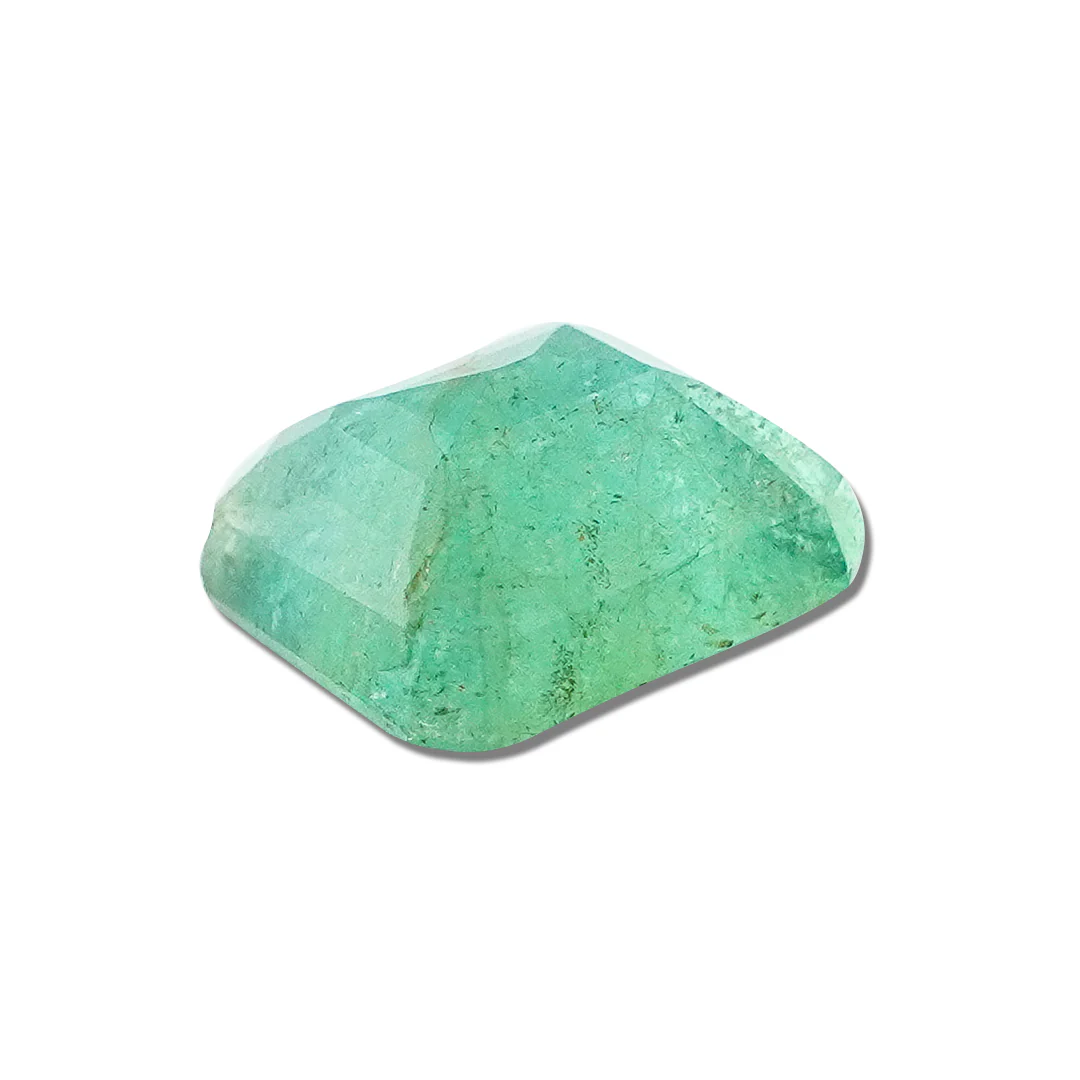Ahoi Ashtami 2024:
Ahoi Ashtami is a Hindu festival that mothers celebrate for their children’s health and long lives. It is also known as Ahoi Mata or Ahoi Ashtami Vrat. It occurs on the eighth day of the Hindu month of Kartik, which often occurs in October or November during the Krishna Paksha (dark fortnight).The Sanskrit words “Aho,” which means “day,” and “Ashtami,” which means “eighth day,” are the roots of the word “Ahoi Ashtami.” Thus, on the eighth day of the month of Kartik, Ahoi Ashtami is celebrated. Mothers observe a fast from sunrise to sunset on this auspicious day, hoping to grant their children longevity and wealth. The fast is broken only after seeing the stars in the evening and praying to Ahoi Mata.
After four days of Karva Chauth and eight days before Diwali Puja, the Upvas of Ahoi Ashtami occur. In North India, Ahoi Ashtami has more popularity than Karva Chauth. Ahoi Ashtami is also known as Ahoi Anthe, as it occurs on the Ashtami Tithi.
Date and time of Ahoi Ashtami in 2024
The important Hindu festival of Ahoi Ashtami is celebrated on Thursday, October 24, 2024. On this auspicious day, devotees offer prayers and ask for blessings for their children’s well-being. The most auspicious time to carry out the rites is during the Ahoi Ashtami Puja Muhurat, which lasts for one hour and fourteen minutes, from 17:45 to 18:59.
In addition, a special event known as Govardhana Radha Kunda Snan is held on the same day, during which participants take a ceremonial bath to purify themselves. Sanjh, or the evening astronomical period, begins at 18:07. Furthermore, on October 25, 2024, the moon rises at 12:14 AM on Ahoi Ashtami. The eighth day of the lunar Hindu calendar, known as Ashtami Tithi, starts on October 24, 2024, at 01:18 AM and ends on October 25, 2024, at 01:58 AM, marking the end of the auspicious day.
Why Ahoi Ashtami Upvas Is Important
Many celebrations take place on the Tithi of Kartik Krishna Paksha, with the two most popular ones among women being Karwa Chauth and Ahoi Ashtami. From both Shastriya and Lok perspectives, women observe these festivals by preserving Upvas, but they also add a joyful aspect by organizing cultural events. A custom of asking for blessings from the mother-in-law by treating her feet as Tirth has been around for a while, and these ceremonies contribute to the sense of family welfare. The eighth day of Kartik Krishna Paksha is referred to as Ahoi, meaning the eighth.
A week before Diwali, this Upvas is observed. Mothers observe this Upvas for their children. To put it another way, they carry out Ahoi Ashtami Upvas for the benefit of kids of all ages. They worship the image of Ahoi Devi as well as the portraits of Sei (the hedgehog) and the Sei children. They perform Ahoi Ashtami Upvas for the child’s prosperity and to experience the joy of childbearing. A childless lady also observes Upvas on this day by praying to become pregnant. Actually, on this day, people pray to Goddess Parvati in her Ahoi form for their children’s protection, life expectancy, health, happiness, and wealth.
This Upvas is Observed Without Consuming Water
Without consuming water, women observe this fast. Women usually keep a white karva, which is a clay utensil filled with water, after awakening early to observe Ahoi Ashtami Upvas. They then pray to Goddess Ahoi and meditate. In order to honor her, they follow all laws for the safety of their kids. Mothers observe Upvas without drinking water on this day.
Know more about astrology: acharyaganesh.com
This Wish Gets Fulfilled
They observe Ahoi Ashtami Upvas primarily to celebrate childbirth and the growth of children. A childless woman who wishes to become pregnant can also keep Upvas on this day.People pray to Goddess Parvati in her Ahoi form on this day for their children’s protection, quality of life, health, happiness, and prosperity. On this day, those without children perform puja with dedication, hoping to become parents. Women cook raw food mostly at home on this day..
Troubles Will Get Away
To do the Puja of Goddess Ahoi, mix some turmeric with cow’s ghee, have a Diya ready, light a sandalwood incense stick, and present the goddess with turmeric, saffron, and roli. Offer the goddess some rice porridge. Giving bhog to a poor girl after the puja is regarded as auspicious. In addition, give Goddess Gauri yellow flowers to keep problems from entering your child’s life.
Ahoi Ashtmi Vrat Katha:
In a village, a woman with seven boys went to the forest in the Hindu month of Kartik to get a few items for her home’s repair.Starting hacking at the soil using an axe near a hole. Unluckily, with her hatchet, she hit one of the cubs that were hiding in the burrow and it died. She felt love and sorrow. In less than one year, all of her seven sons died within just a few days. Her mood changed, and some elderly ladies from her village tried to console her. She narrated to them about how they lost the cub and told them it was an accident like any other thing that had occurred during those times.The women thanked her for sharing her story and informed her that she had already apologized for half of her guilt by doing so.They suggested that she worship the goddess Ashtami Bhagwati to atone for her crime. Following her fast on Kartik Krishna Ashtami, the woman started a regular prayer. She eventually regained sight of all seven of her sons.
For interesting reels, follow us on Instagram
Ahoi Ashtami Rituals and Vidhi
The following are the steps needed for performing Ahoi Ashtami Puja:
1. Sankalp:
Women should make the vow to keep the fast for their children’s long lives on the day of the Ahoi Ashtami festival.
2. Ahoi Ashtami Puja:
During the Ahoi Ashtami Puja, Ahoi Mata is worshiped. Women perform the puja in the evening by wishing each other a happy Ahoi Ashtami and reciting the Ahoi Ashtami Vrat Katha. Roli, rice and milk are served during worship, and rituals are performed with silver syau. After that, the syau is worn directly around the neck. Ahoi Mata Aarti is also recited at the end of the puja.
3. Ahoi Ashtami Remedy:
Red and white flowers should be offered to the goddess during Ahoi Ashtami puja. Other ingredients include pua, gulgule and halwa. In the evening, people also light diya under the peepal tree.
4. Worshiping the Stars:
Women perform puja and read Ahoi Ashtami Katha on the Ahoi Ashtami night and then the women offer Arghya to the stars. Thus, after offering Arghya to the stars with the Kalash, the devotees can eat their fast-breaking offering, which is referred to as Prasad offered to the Goddess.
5. Association with Krishnashtami:
The festival falls on the eighth day of the Krishna Paksha of the Hindu calendar and this is also known as Krishnashtami. The devotees in Mathura consider this day favorable for couples who are seeking to have children, and they perform the ritual of taking bath in the “Radha Kunda”.
For interesting astrology related videos, subscribe us on Youtube






























